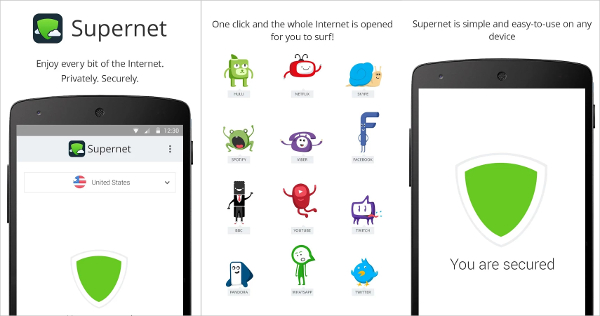
To bypass a single domain, enter the domain name-for example,. This might be useful if you want to make sure you’re receiving information directly from the host or domain and not information that’s cached on the proxy server. You can also choose to bypass proxy settings for specific computers on the internet (hosts) and segments of the internet (domains) by adding the address of the host or domain in the “Bypass proxy settings for these Hosts & Domains” field. If needed, turn on “Proxy server requires password,” then enter your user name and password. Turn on a proxy, then enter its address and port number. If you want to configure your proxy settings manually, do the following for each proxy you want to set up: If your network administrator provided you with the address of a proxy auto-configuration (PAC) file, turn on “Automatic proxy configuration,” then enter the address of the PAC file in the URL field. To automatically discover proxy servers, turn on “Auto proxy discovery.” If you want to configure your proxy settings automatically, do one of the following: (You may need to scroll down.)Ĭlick a network service on the right, then click Details. On your Mac, choose Apple menu > System Settings, then click Network in the sidebar. Get started with accessibility features.Use Sign in with Apple for apps and websites.Watch and listen together with SharePlay.Share and collaborate on files and folders.Sync music, books, and more between devices.Make and receive phone calls on your Mac.Use one keyboard and mouse to control Mac and iPad.Use Live Text to interact with text in a photo.



 0 kommentar(er)
0 kommentar(er)
